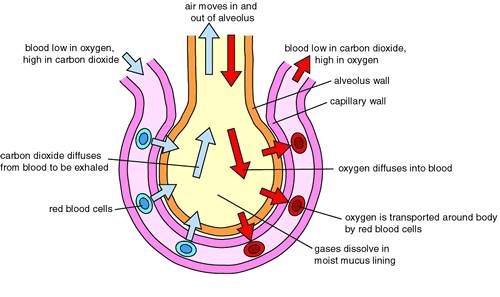Which of the following best describes the result of using a catalyst in a chemical reaction?
A. The reaction is completed in a shorter amount of time
B. A more desirable product is often formed
C. A greater amount of heat energy is released by the reaction
D. The yield of product is increased
A catalyst is a substance that increases the rate of a chemical reaction without being consumed by the reaction.
As a result, the reaction is completed in a shorter amount of time.
Choice B is not correct because using a catalyst does not necessarily result in the formation of a more desirable product.
Choice C is not correct because using a catalyst does not necessarily result in the release of a greater amount of heat energy by the reaction.
Choice D is not correct because using a catalyst does not necessarily increase the yield of product.
Therefore, the Correct Answer is A.



